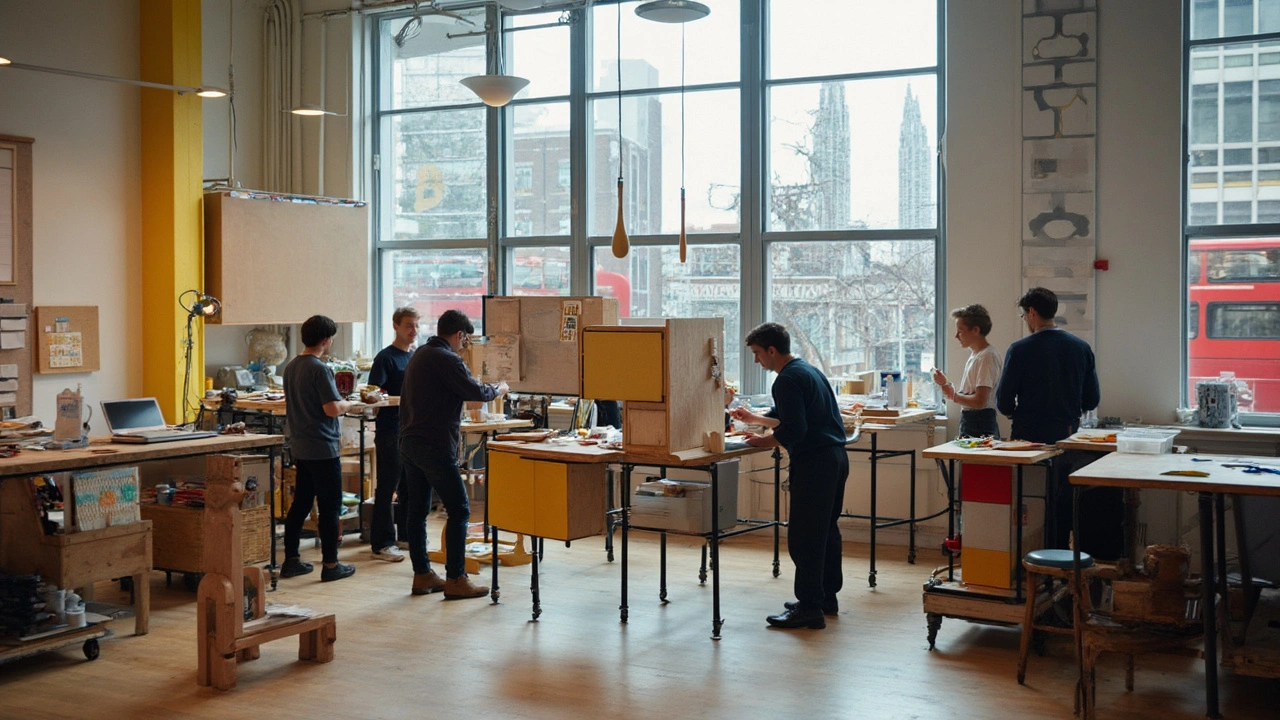Bauhaus Principles Explained for Everyday Design
Ever wonder why a lot of modern furniture looks clean and practical? That’s the Bauhaus influence at work. The core idea is that form should follow function – things look the way they do because of how they’re used. No extra fluff, just purpose-driven design.
Core ideas behind the Bauhaus movement
The Bauhaus school, started in Germany in 1919, built three rules that still matter today. First, function over decoration: every line and curve should help the object do its job. Second, unity of art and craft: designers, architects, and makers work together to create a whole system, not isolated pieces. Third, use simple shapes: squares, circles, and straight lines replace ornate details.
These rules push designers to strip away anything that isn’t needed. Think of a chair with a smooth seat, sturdy legs, and no extra carvings – it’s comfortable, cheap to make, and fits many spaces. That simplicity also makes the object easy to repair or recycle, which is why Bauhaus still feels fresh in today’s eco‑focused world.
How to use Bauhaus principles in your own projects
If you’re redecorating a room, start by picking items that have clear purpose. A desk with clean legs and a flat top works better than one covered in decorative panels. Choose colors that are neutral – white, gray, black – because they let the shape stand out without competing for attention.
When you design something digital, like a website or app, apply the same logic: keep navigation simple, use grids to line things up, and avoid flashy animations unless they improve usability. The goal is a smooth experience that feels natural, not forced.
Even small changes follow the Bauhaus vibe. Swap out a patterned rug for a plain one, or replace a cluttered lamp with a sleek metal fixture. You’ll notice spaces feel larger and calmer, and you’ll spend less time choosing which piece fits where.
Want to go deeper? Look at famous Bauhaus works – the Wassily chair, the Barcelona Pavilion, or the iconic red and blue poster layouts. Notice how each item uses basic geometry, honest materials, and a clear purpose. That’s the blueprint you can copy without needing an architecture degree.
Bottom line: Bauhaus isn’t just a historic art movement; it’s a practical toolkit for making everyday things work better and look cleaner. Stick to function, keep forms simple, and blend art with craft – you’ll end up with spaces and products that feel both modern and timeless.

